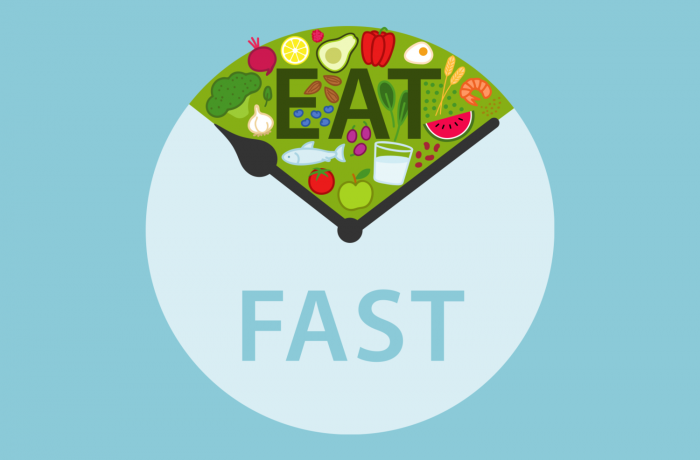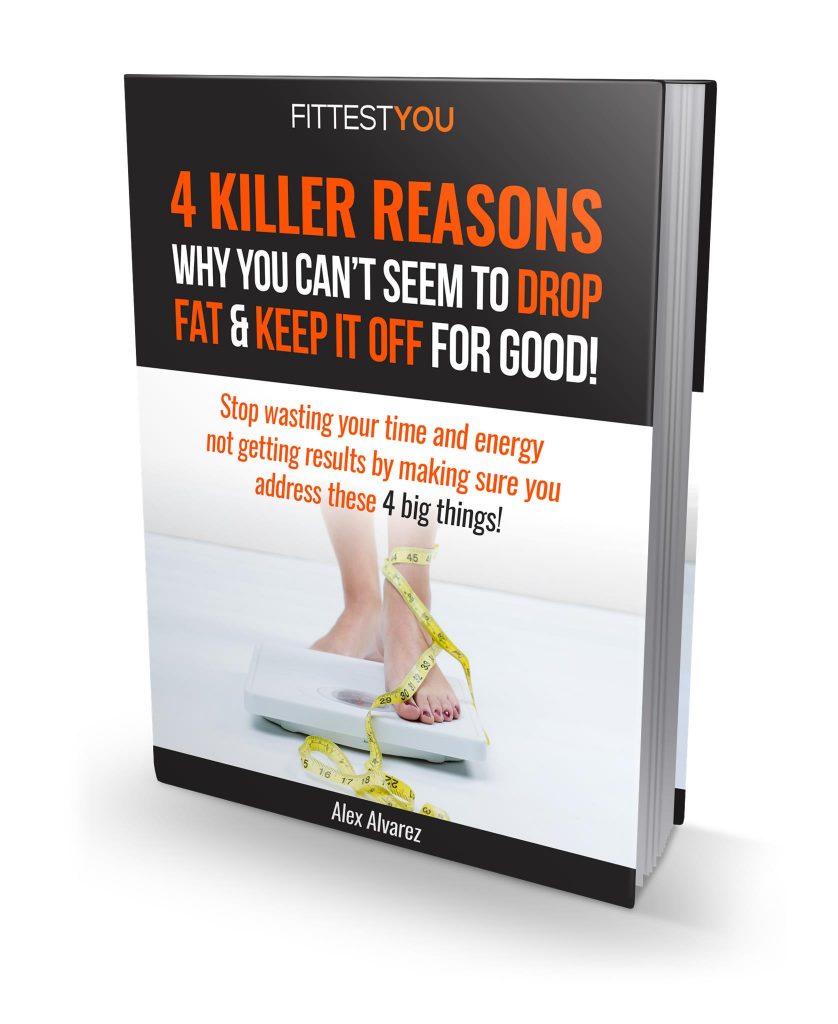
What are they all about?
When we say fat in nutrition terms what we actually mean is Fatty Acids, not to be confused with body fat. Our body cannot produce essential fatty acids itself so we must get fats through our diet.
In fact, we need a certain amount of fat in our diet for us to:
- Be able to absorb certain vitamins
- Have a strong immune system
- Have strong cognitive performance
- Have optimum hormone function.
- Last but not least; fats can also be used for energy.
Which are the good fats and which are the bad?
Saturated Fats are normally solid at room temperature and are a bit more challenging for our body to break down due to their structure. (this doesn’t mean they are bad by the way).
- Breast milk is mainly saturated fat (natures ideal food for a new born)
Good Examples: organic/pasture raised/grassfed animals such as beef, pork, lamb, eggs etc (note that a large percentage of the fat may also be monounsaturated; especially if pasture raised on a grassfed diet), organic/pasture raised/grassfed animal products such as cheese, butter, yoghurt, cream, certain oils like coconut oil, palm kernel oil, cacao
Bad examples: cakes, biscuits, pastries, pies, deep fried take away foods,
I’d grade these fats as neutral – not inherently unhealthy or healthy.
- Their structure is stable so good for higher heat cooking.
- Do not be scared to have them but they shouldn’t be the fat you have the most of in your diet.
Unsaturated Fats are normally liquid at room temperature and are easier to break down because of their structure. (They are normally considered good but not always). The 2 types of unsaturated fats are mono-unsaturated and polyunsaturated fats.
Polyunsaturated fats – These are vital for brain function and cell growth. The most common are Omega-3 and Omega-6. Although both are ‘technically’ good for you, modern diets are already super high in Omega-6 which has been linked to some illnesses and speed up the aging process. So we want to focus our efforts on getting in Omega 3-Rich foods.
Polyunsaturated fats are delicate and vulnerable to going rancid. When this happens toxic chemicals are produced that damage DNA and speed up the aging process. This is exactly what has happened to cheap industry oils that have been heated to high temperatures during their production.
Fear not though. As long as you stick to the good kinds listed below most of the time, you will reap all the benefits of a healthy and thriving body.
Good Examples: Oily fish like Salmon, Mackerel, Herring, Anchovies, certain algae and seaweed, to a smaller extent grassfed beef and pasture raised eggs, flaxseed, chia seed, some nuts (walnuts, almond, brazil nuts), nut butters
Bad Examples: Sunflower Oil, Canola Oil, Rapeseed Oil, Corn oil and various other vegetable oils, margarine. There is also production carbs which are now sneakily coated in these oils. These common carb products include: breakfast cereals, cookies and cakes, granola bars, crisps, French fries. Also roasted nuts and some nut butters.
I’d grade these fats as healthy – but watch out for the man-made remixes of nature’s original.
- Focus on consuming a good amount of the Omega 3 fats and reducing the amount of omega 6’s.
- Aim to avoid/reduce the bad examples listed above.
Monounsaturated fats – Another type of unsaturated fat and the easiest to break down. These fats also have numerous health benefits for the body (including protection against heart disease, improved insulin sensitivity many others). Unlike Polyunsaturated fats their structure is chemically stable.
Examples: avocado, avocado oil, macadamia nuts, olives, extra virgin olive oil, wild salmon and grassfed beef is nearly 50% monounsaturated, macadamia nuts
I’d grade these fats as good & healthy 🙂
- A large percentage of the fat we eat in our diet should be in the form of monounsaturated fats. Have it, enjoy it.
Trans Fats – The bulk of Trans fats are the result of industrial manufacturing and are highly inflammatory, promoting insulin resistance and heart disease.
Most trans fats are becoming rare to find but still check out food labels for them.
They are most likely found in: Store bought packaged cakes, biscuits, snack foods, fast foods.
I’d grade these fats as bad.
There is nothing more to be said about these. I do not recommend them at all!
As you can see fats can be good, okay and straight up bad depending on the types you have. But whichever way you put it, they are essential for us so completely trying to cut them out is stupid! But do be selective on the types you consume.
Make sure you hit the SHARE button if this helped you!


